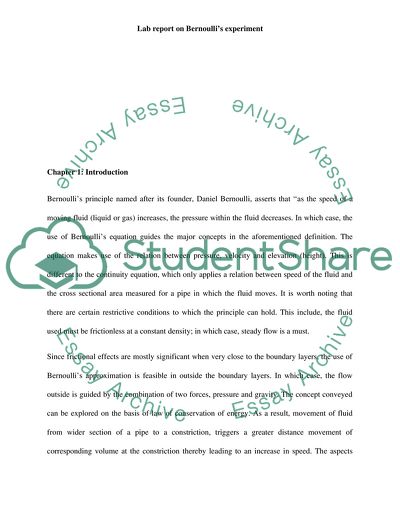Cite this document
(The Bernoullis Experiment Lab Report Example | Topics and Well Written Essays - 2000 words, n.d.)
The Bernoullis Experiment Lab Report Example | Topics and Well Written Essays - 2000 words. https://studentshare.org/physics/1861875-bernoullis-experiment
The Bernoullis Experiment Lab Report Example | Topics and Well Written Essays - 2000 words. https://studentshare.org/physics/1861875-bernoullis-experiment
(The Bernoullis Experiment Lab Report Example | Topics and Well Written Essays - 2000 Words)
The Bernoullis Experiment Lab Report Example | Topics and Well Written Essays - 2000 Words. https://studentshare.org/physics/1861875-bernoullis-experiment.
The Bernoullis Experiment Lab Report Example | Topics and Well Written Essays - 2000 Words. https://studentshare.org/physics/1861875-bernoullis-experiment.
“The Bernoullis Experiment Lab Report Example | Topics and Well Written Essays - 2000 Words”. https://studentshare.org/physics/1861875-bernoullis-experiment.


